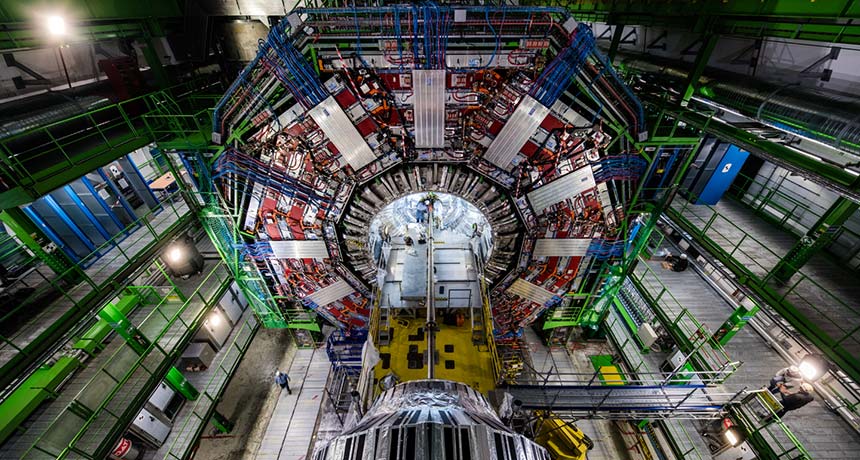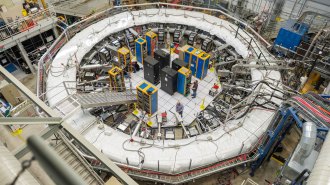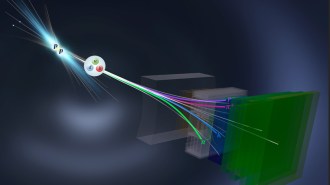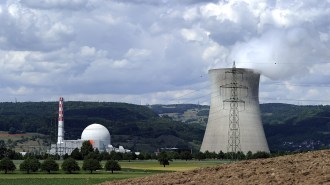The Large Hadron Collider is shutting down for 2 years
Scientists will use the break in operations to beef up the accelerator’s energy

MAKING IMPROVEMENTS Physicists are shutting down the Large Hadron Collider to perform upgrades on the accelerator and its detectors, including the CMS detector (shown).
Max Brice/CERN







